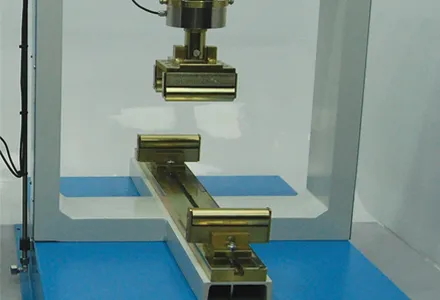Software specialist Transoft Solutions says that the latest version of the efficient sign design software, GuidSIGN version 5.0. A is both easy to use and versatile. The package can deliver cutter-ready signs designed to standard in minutes according to the firm. The product comes with new features, functions, and added libraries that give traffic engineers efficient, time-saving, productivity-enhancing sign-designing capabilities says Transoft. A key feature is the new QuicDesign template system that suppl
July 24, 2012
Read time: 2 mins

Software specialist 349 Transoft Solutions says that the latest version of the efficient sign design software, GuidSIGN version 5.0. A is both easy to use and versatile. The package can deliver cutter-ready signs designed to standard in minutes according to the firm. The product comes with new features, functions, and added libraries that give traffic engineers efficient, time-saving, productivity-enhancing sign-designing capabilities says Transoft. A key feature is the new QuicDesign template system that supplies national standard templates to help users create signs quickly and with greater consistency. It offers traffic engineers and consultants standardised templates and helps ensure repeatable time-savings. Designers can browse by road classification or sign designation to select the appropriate template. QuicDesign also gives users the ability to replace the content of the template by keying in changes or through the new Name Lookup feature, which can select destinations based on the included American Association of State Highway Transportation Officials (AASHTO) Control Cities or United States Geological Survey (USGS) Place Name Lists. Users can also create templates from previously created guide signs and build a custom library for use in traffic signing plans and structural detail drawings. Sign and content libraries within GuidSIGN have also been augmented to make them more extensive than previous versions. Included are more MUTCD standard highway signs, panels, symbols, and arrows from US, Canada, and Australia.









